Remember when travel wasn’t just about Instagram-worthy shots and trending hashtags? Before the era of viral vacation spots and influencer-approved itineraries, Asia was home to countless magnificent destinations that captured travelers’ imaginations. These weren’t just places to visit – they were gateways to ancient mysteries, windows into vanished worlds, and promises of adventures that couldn’t be found anywhere else.
Let’s journey through 20 remarkable destinations that once topped every adventurer’s bucket list but have somehow slipped from modern travel radar.
The Ghost Palace Hotel, Bedugul, Bali

In the misty mountains of central Bali stands a massive abandoned resort that was once poised to be Southeast Asia’s most luxurious destination. The Pi Bedugul Taman Rekreasi Hotel and Resort, built in the 1990s, embodied the ambitious dreams of Indonesia’s tourism boom, with its grand ballrooms and palatial architecture reaching toward the clouds.
Local legends speak of supernatural occurrences that supposedly halted construction, though the real story involves complicated political and financial upheavals of the era. The unfinished complex now stands as a hauntingly beautiful reminder of how quickly fortune’s wheel can turn, drawing urban explorers and photographers seeking to capture its eerie grandeur.
The Lost City of Crowned Buddha, Cambodia

Before Angkor Wat became Cambodia’s premier tourist destination, travelers sought out the mysterious Banteay Chhmar, known as the Citadel of Cats. This massive complex once housed some of the most intricate bas-reliefs in Southeast Asia, including the famous multi-faced Avalokiteshvara towers that seemed to watch visitors from every angle.
The remote temple city served as a spiritual center for thousands until jungle growth and decades of looting reduced it to scattered stones, though recent preservation efforts are slowly revealing its secrets. Local villagers tell stories of hearing ancient temple bells on misty mornings, though the actual sounds come from cattle bells echoing through the ruins.
Like Travel Pug’s content? Follow us on MSN.
The Floating World of Ayutthaya, Thailand
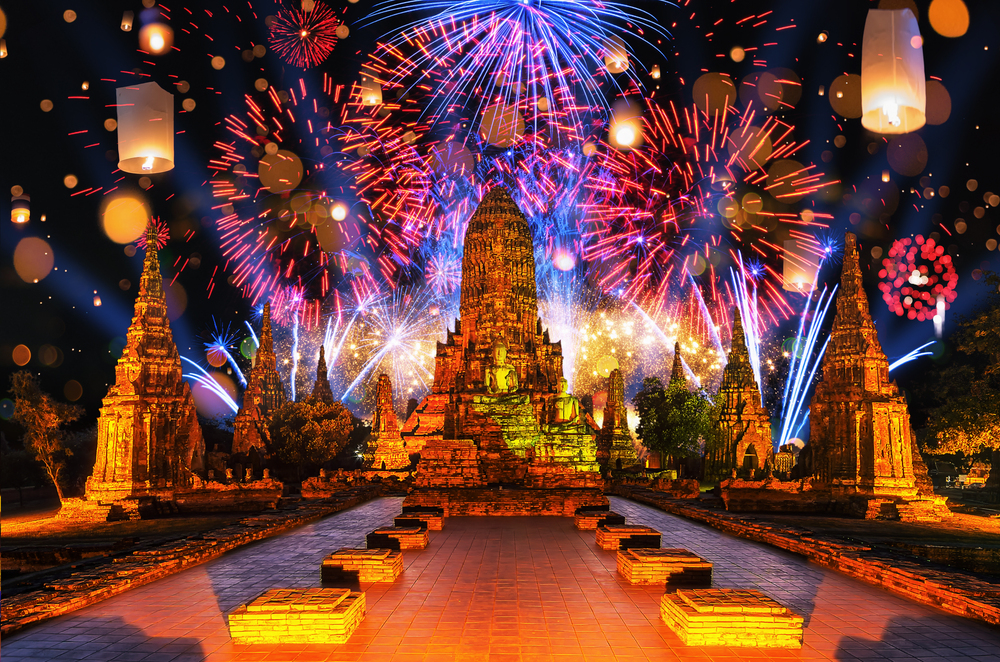
Long before Bangkok became Thailand’s capital, Ayutthaya was known as the ‘Venice of the East’ for its elaborate network of canals filled with floating markets and water palaces. Foreign visitors in the 17th century wrote home about golden temples reflecting in the water and merchants selling exotic goods from boats decorated with silk pennants.
The city’s sophisticated hydraulic system regulated water levels throughout the year, creating a unique urban environment where boats were as common as walking. While parts of Ayutthaya survive as a historical park today, the magical floating world that once captivated international travelers has vanished beneath modern development.
The Peking Ice Houses, China
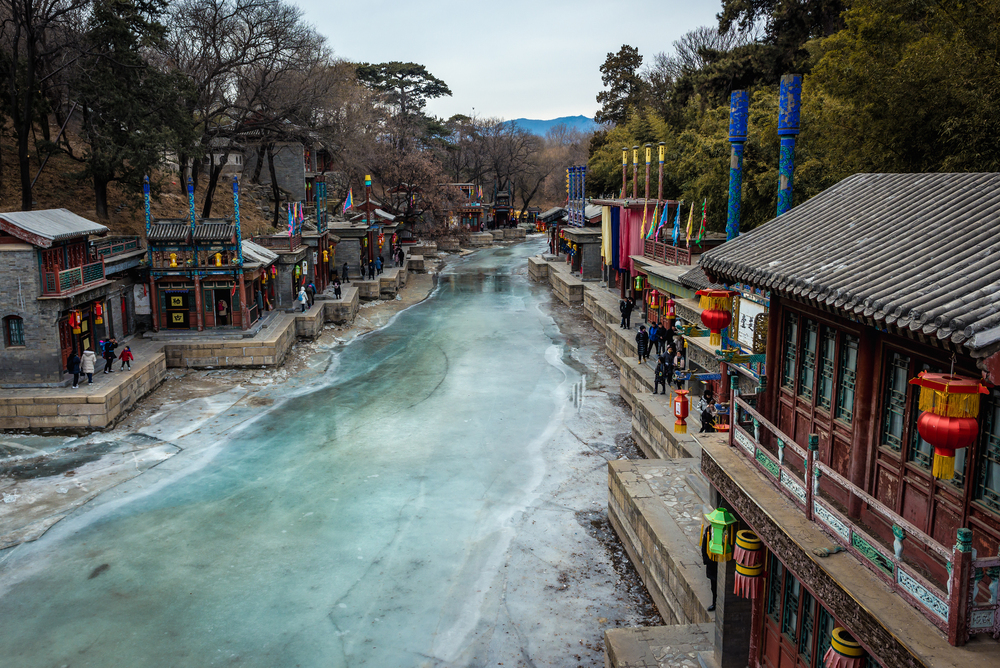
Before modern refrigeration, Beijing’s ancient ice houses drew visitors from across Asia to marvel at massive blocks of winter ice preserved through summer in elaborate underground chambers. These architectural wonders used sophisticated insulation techniques and precise architectural design to maintain freezing temperatures naturally throughout the year.
Wealthy merchants would host summer parties in the ice houses, serving chilled delicacies that seemed to defy the seasons. Though the structures vanished with the advent of modern cooling technology, their innovative design principles continue to influence sustainable architecture.
The Pearl Road of Ceylon, Sri Lanka
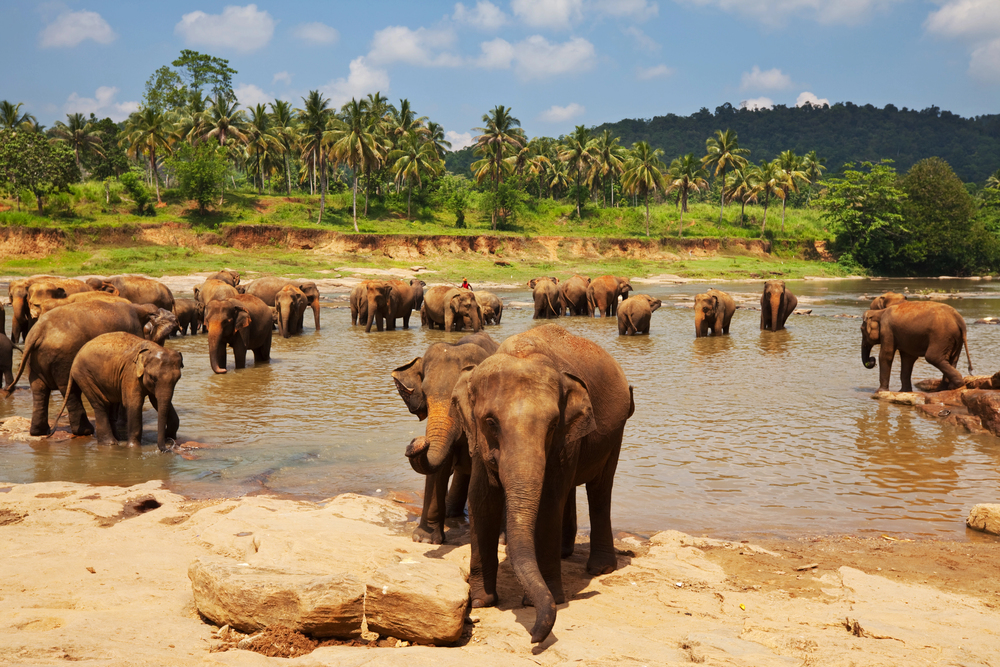
Once rivaling the Silk Road in fame, this network of pearl-diving sites along Sri Lanka’s northwest coast attracted merchants and adventurers from Rome to China. Local divers developed unique techniques for harvesting pearls from dangerous depths, passing their secrets down through generations.
The small fishing villages along the route grew into prosperous trading posts, where different cultures and religions merged in fascinating ways. The discovery of cultivated pearls and changing ocean conditions eventually ended this centuries-old industry, though traces of its glory days can still be found in local architecture and customs.
Like Travel Pug’s content? Follow us on MSN.
The Nara Dream Gardens, Japan
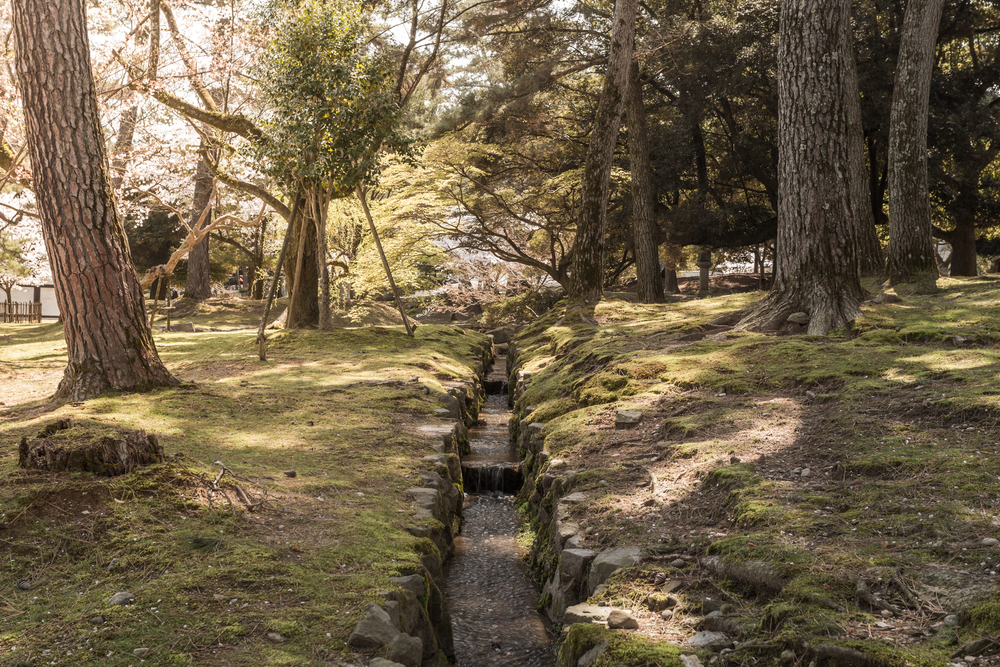
During Japan’s Nara period, these elaborate gardens were designed to recreate Buddhist paradise on Earth, combining precise landscaping with clever optical illusions. Visitors would follow winding paths that seemed to lead through multiple dimensions, encountering carefully staged visions meant to evoke spiritual enlightenment.
The gardens incorporated sophisticated water features that played music as visitors walked past, creating an otherworldly atmosphere. Though most of these gardens were lost to time and warfare, their influence can still be seen in Japanese landscape design.
The Ghost Cities of the Silk Road, China
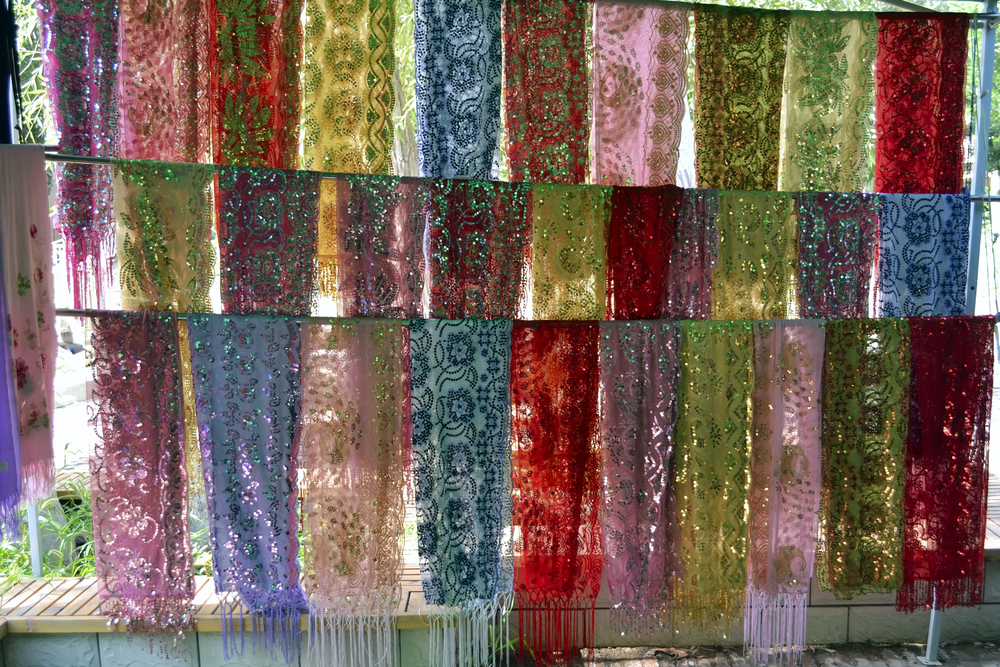
Scattered across China’s western deserts lie the remains of once-bustling Silk Road oases that drew travelers from across the ancient world. These forgotten cities featured sophisticated water management systems, multilingual libraries, and bazaars where Persian merchants haggled with Tibetan monks.
Archaeological evidence suggests these settlements were remarkably cosmopolitan, with residents enjoying everything from Greek wines to Indian spices. Climate change and shifting trade routes eventually turned these vibrant cities into ghost towns, though their ruins still captivate desert explorers.
The Floating Gardens of Kashmir, India
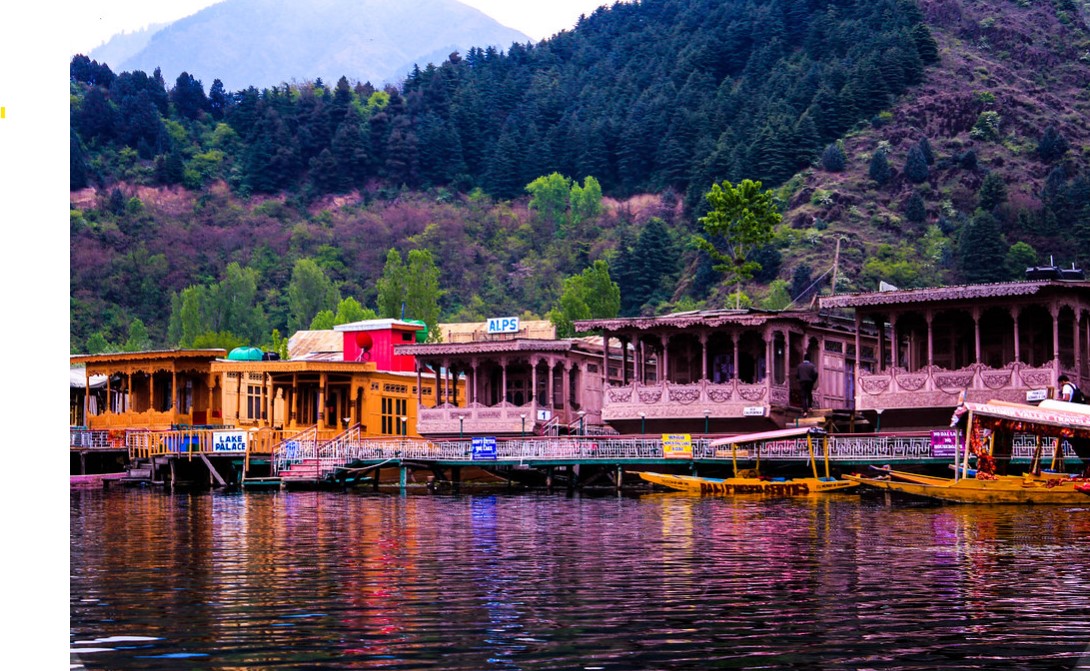
Before modern conflicts restricted access, Kashmir’s Dal Lake hosted countless floating gardens where farmers grew crops on islands made entirely of matted vegetation and roots. These remarkable agricultural platforms could be moved around the lake to follow the sun, creating a constantly shifting landscape of floating flowers and vegetables.
Visitors would glide through narrow waterways between the gardens, sampling fresh produce sold directly from wooden boats. While some floating gardens still exist, the grand network that once drew travelers from across the British Empire has largely disappeared.
Like Travel Pug’s content? Follow us on MSN.
The Lost Libraries of Laos
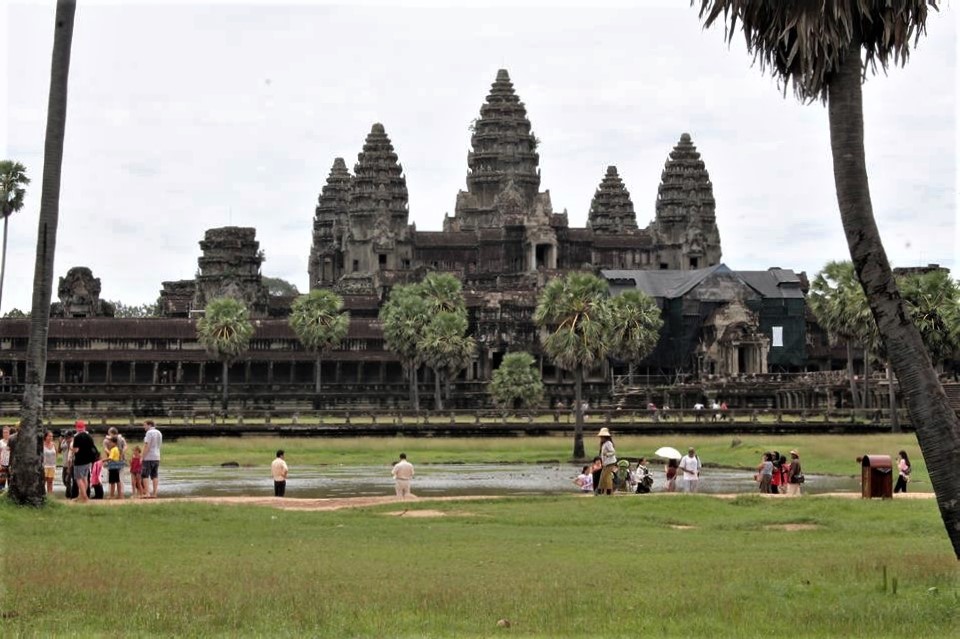
Hidden in remote mountainous regions of Laos, a network of ancient temple libraries once housed some of Southeast Asia’s most important Buddhist texts. These repositories were architectural marvels designed to protect delicate manuscripts from humidity and insects while allowing scholars to study in natural light.
Local traditions tell of secret passages connecting different libraries, allowing monks to move precious texts during times of danger. Most of these libraries were lost to time and conflict, though recent discoveries suggest many more remain hidden in the jungle.
The Mountain Stages of Nepal
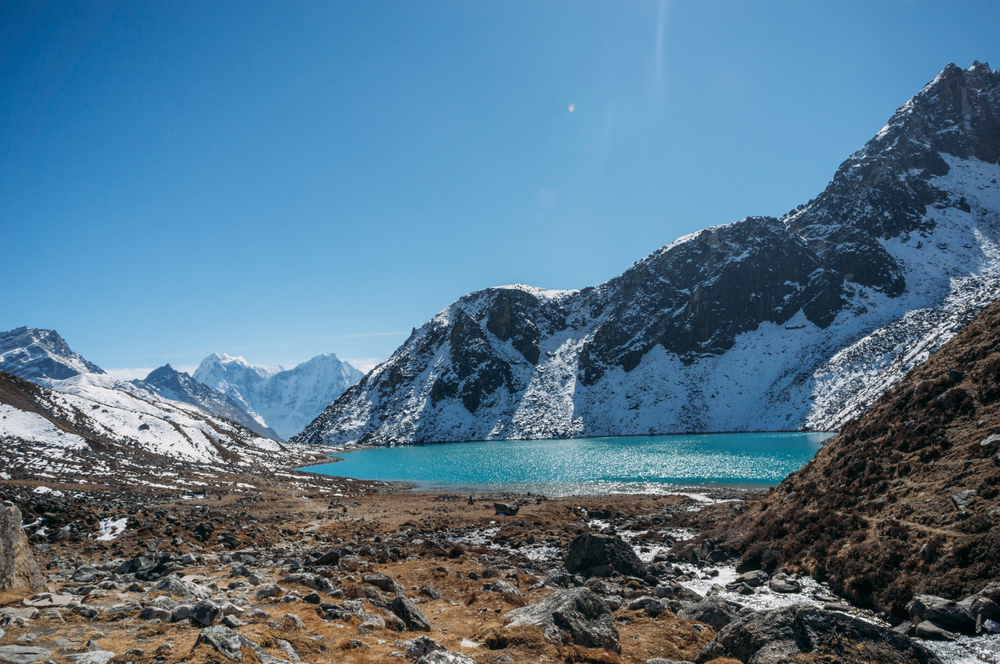
Long before Everest became a tourist destination, Nepal’s remote mountain villages were famous for their elaborate theatrical traditions performed on precarious cliff-side stages. These natural amphitheaters used mountain acoustics to project performances across valleys, with audiences sometimes watching from neighboring peaks.
Local traditions claim that some performances would last for days, with stories being passed between different mountain stages, like relay races. While traditional performances still occur, the grand mountain theater networks that once drew cultural tourists have largely faded into legend.
The Perfume Mountains of Vietnam
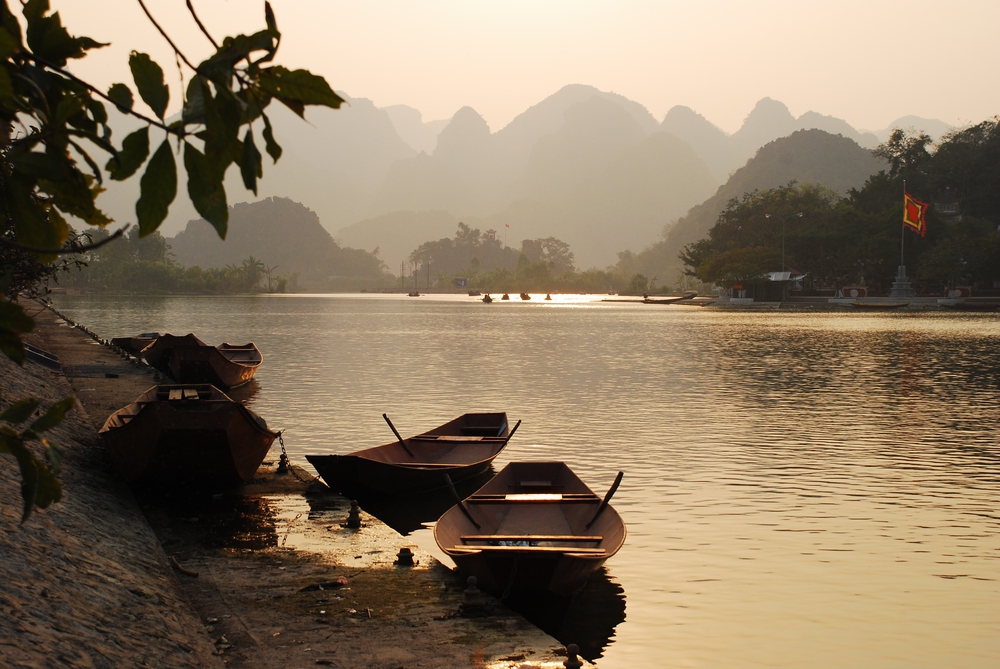
Near Hue, a range of mountains once housed dozens of temples and gardens dedicated to the art of perfume making. Different elevations and exposures created unique microclimates perfect for growing aromatic plants, while ancient texts detailed complex extraction methods.
Pilgrims would climb through different scented zones, each believed to cleanse a different aspect of the spirit. Though some temples survive, the elaborate perfume-making traditions that made this a mandatory stop for sophisticated travelers have been largely lost.
Like Travel Pug’s content? Follow us on MSN.
The Underground Cities of Cappadocia
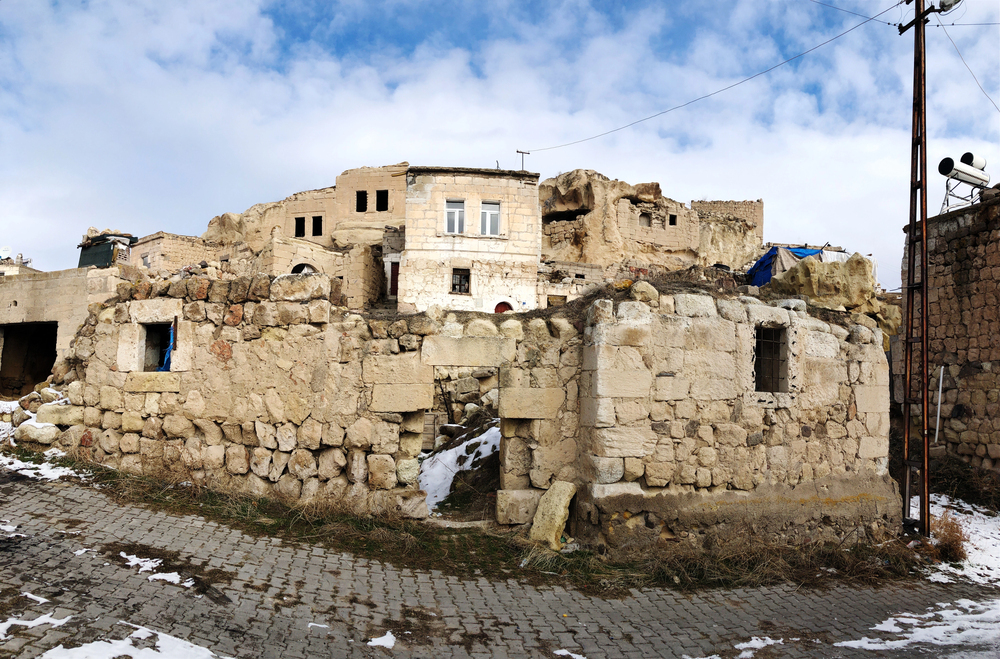
While Turkey’s famous cave churches still draw tourists, few know about the vast underground urban networks that once housed thousands of residents year-round. These subterranean cities featured sophisticated ventilation systems, underwater access routes, and multi-level farms illuminated by light shafts.
Archaeological evidence suggests these spaces hosted thriving communities with their own unique cultures and traditions. Modern development has sealed many of these underground spaces, though locals occasionally discover new chambers while renovating their homes.
The Fire Temples of Azerbaijan
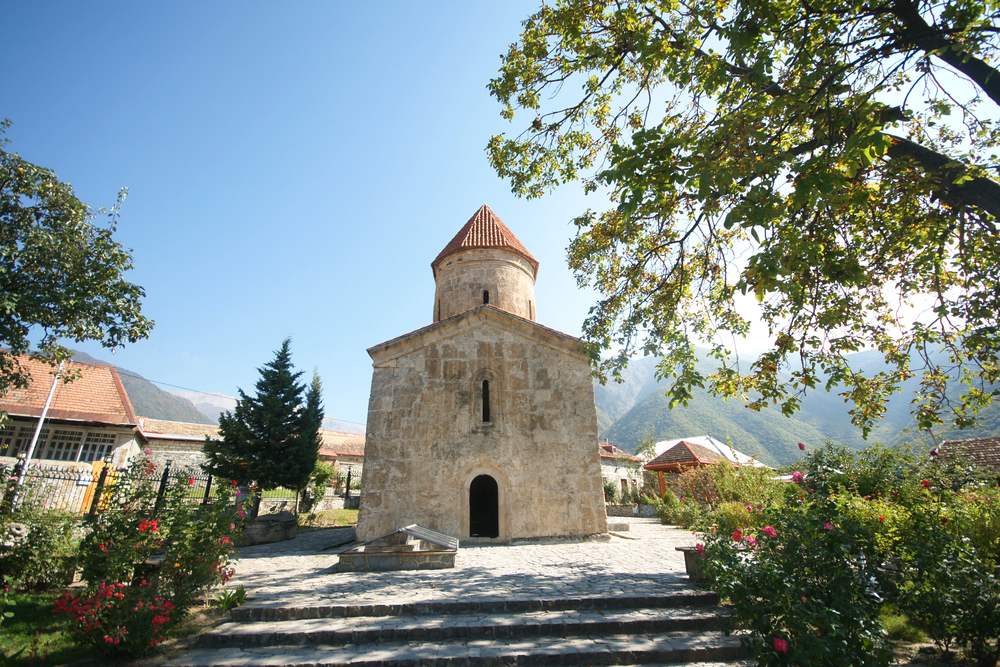
Before the oil boom transformed Azerbaijan’s landscape, ancient Zoroastrian fire temples drew pilgrims from across Asia to witness eternal flames fed by natural gas vents. These temples incorporated sophisticated engineering to control and direct the natural fires, creating spectacular displays that seemed to defy natural law.
Visitors would travel for months to witness ceremonies where priests appeared to command the elements. While some restored temples remain as tourist attractions, the original network of sacred sites that once dotted the landscape has largely disappeared.
The Living Bridges of Meghalaya, India
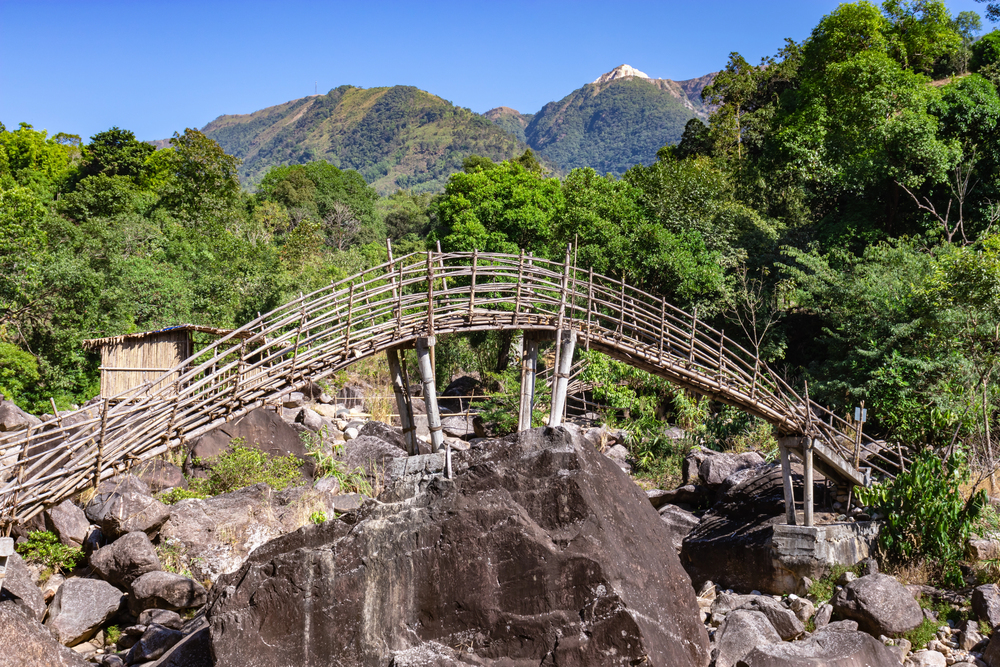
In the mountains of northeast India, the Khasi people once managed vast networks of bridges literally grown from living tree roots. These botanical wonders took generations to create, with each bridge becoming stronger as its roots grew thicker and more entangled.
Some bridges spanned hundreds of feet across deep gorges, featuring multiple levels and rest areas suspended in mid-air. While some famous examples survive, many of these remarkable structures have been replaced by modern bridges or abandoned as villages empty.
Like Travel Pug’s content? Follow us on MSN.
The Crystal Caves of Myanmar
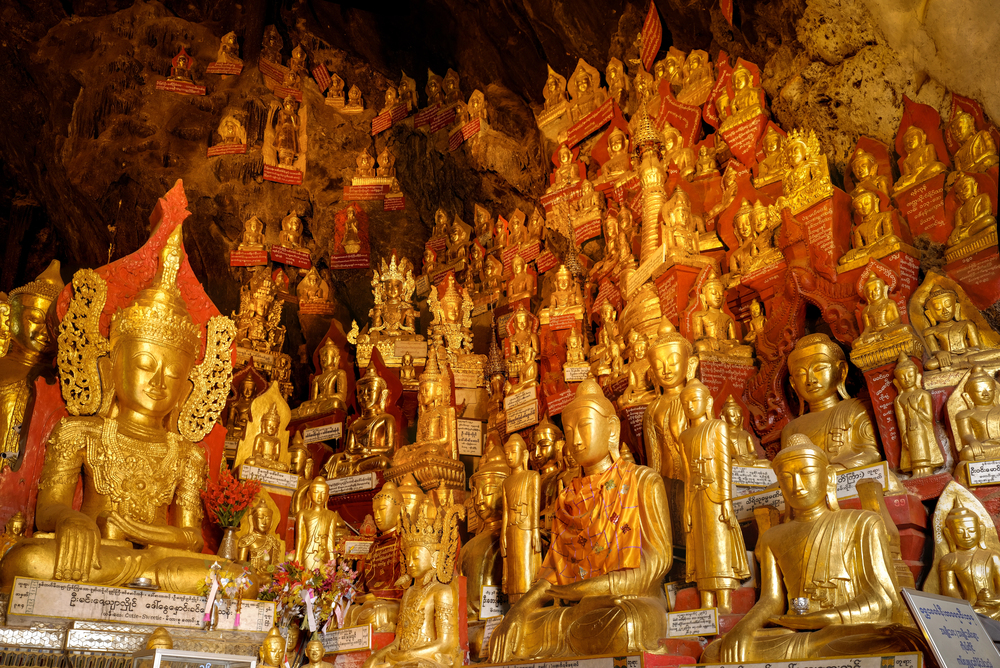
Deep in Myanmar’s mountainous regions, vast cave systems once housed underground temples adorned with naturally formed crystal formations. Buddhist monks carefully incorporated these crystalline structures into their temple architecture, creating spaces that seemed to glow from within.
Local legends tell of meditation chambers where crystals would amplify spiritual energy, drawing seekers from across Asia. Political isolation and mining activities have made many of these sites inaccessible, though stories of their beauty persist.
The Thousand Islands of Indonesia
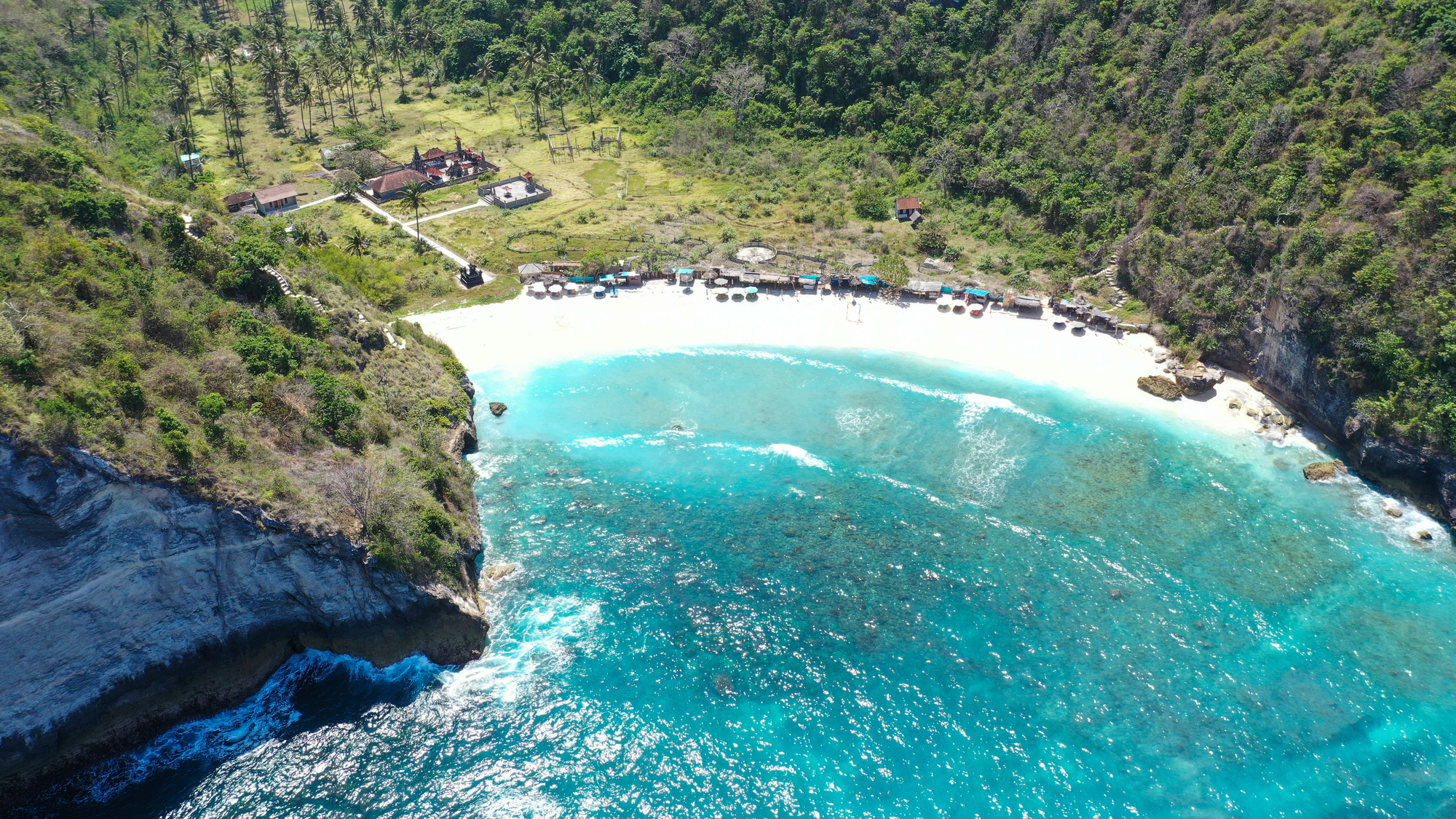
Before rising sea levels changed the coastline, Jakarta’s Thousand Islands region was a popular colonial-era resort destination featuring unique hybrid architecture that blended Dutch, Chinese, and local styles. Wealthy visitors would island-hop between private retreats, each designed to showcase different aspects of archipelago culture.
The islands hosted elaborate water gardens where rare species of fish and coral were cultivated for display. Climate change and urban development have transformed most of these islands, though ruins of their glamorous past occasionally emerge during low tides.
The Desert Lotus of Mongolia
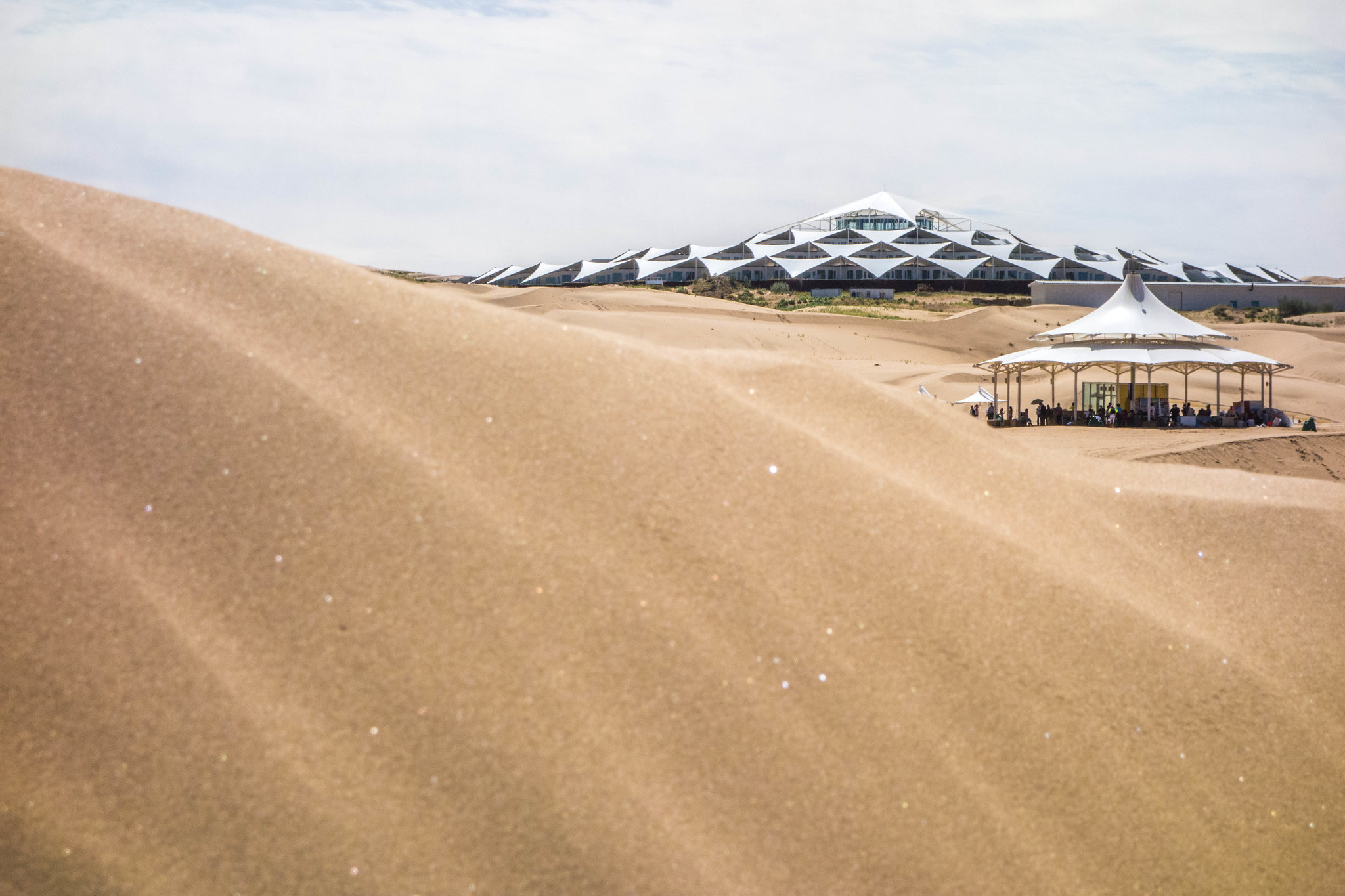
In Mongolia’s Gobi Desert, a remarkable Buddhist temple complex once bloomed like a lotus flower, with buildings arranged in circular patterns that opened and closed with the sun’s movement. The architecture incorporated sophisticated passive cooling systems that kept interiors comfortable even in extreme desert conditions.
Visitors described halls filled with mirrors that created infinite reflections, symbolizing the endless nature of existence. Though the site was abandoned centuries ago, satellite imagery occasionally reveals new details about its intricate design.
Like Travel Pug’s content? Follow us on MSN.
The Snow Temples of Tibet
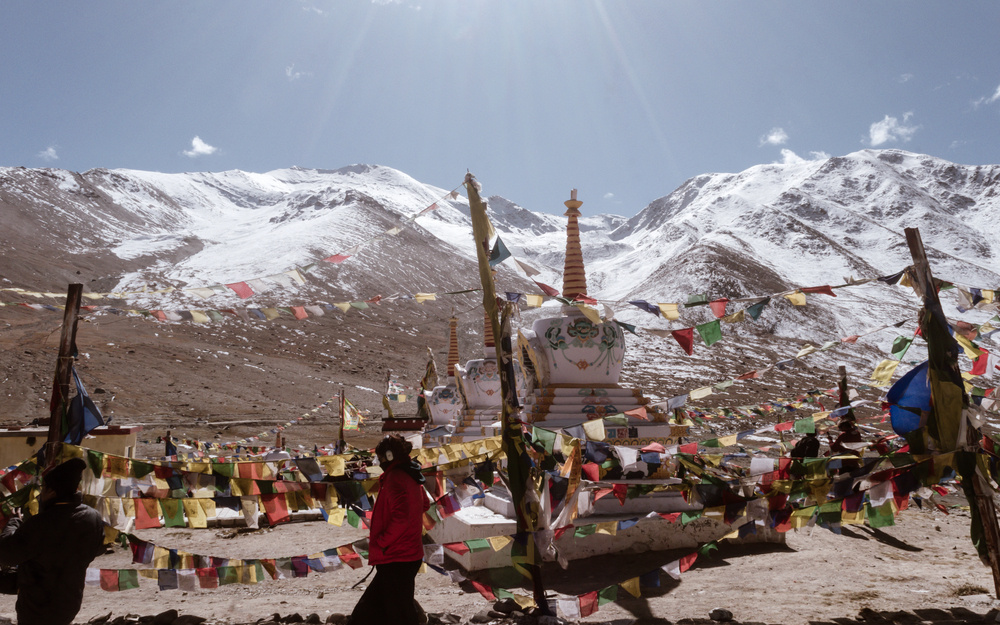
High in the Himalayas, communities once created elaborate temporary temples from packed snow, some reaching several stories high. These structures featured intricate carvings that would last through the winter months, creating spaces for meditation and celebration.
Different regions competed to create the most spectacular snow architecture, developing techniques that were passed down through generations. While small-scale snow sculptures are still created for festivals, the massive architectural traditions that once drew winter tourists have largely disappeared.
The Spice Mountains of Kerala, India
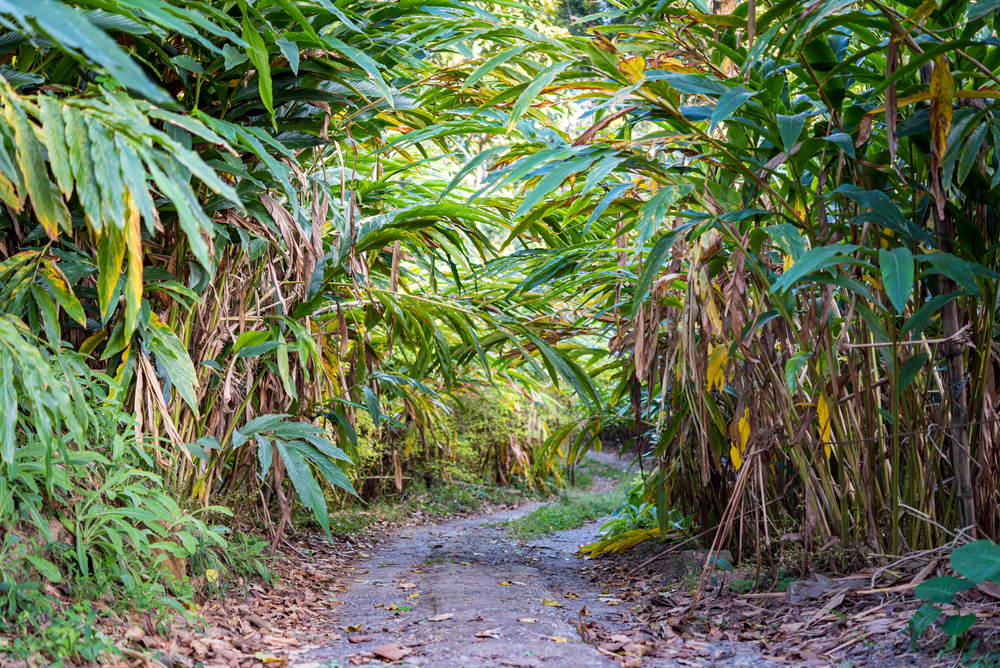
Before plantation agriculture transformed the landscape, Kerala’s highlands hosted intricate terraced spice gardens that drew merchants from across the ancient world. Different elevations and carefully managed microclimates allowed for the cultivation of numerous spice varieties in close proximity.
Visitors would follow aromatic trails through the mountains, learning about cultivation techniques and trading practices passed down through generations. Though some traditional spice farms survive, the vast networks of family-managed gardens that once defined the region have largely given way to commercial production.
The Cloud Bridge Monastery, Tibet
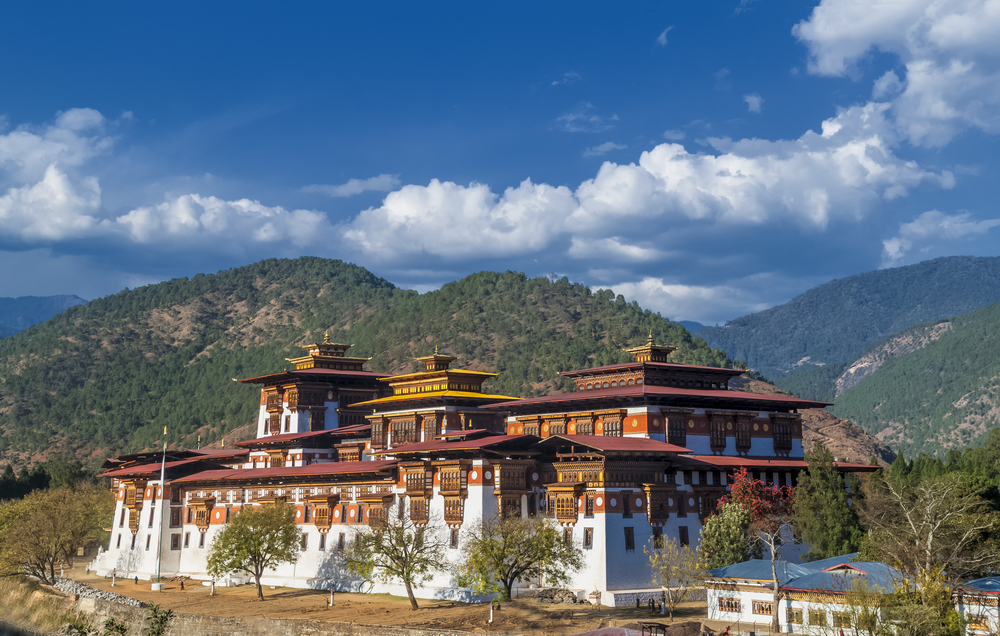
Perched between two mountain peaks, this remote monastery was said to float among the clouds, accessible only by a rope bridge that swayed above a thousand-foot gorge. Pilgrims would journey for months just to spend a few days in this spiritual sanctuary, where meditation halls seemed to hover between earth and sky.
The monastery’s unique architecture incorporated natural caves and cliff faces, creating spaces that blended seamlessly with the mountain landscape. Though destroyed during the political upheavals of the 20th century, stories of its breathtaking location and the courage required to reach it continue to captivate spiritual seekers.
Like Travel Pug’s content? Follow us on MSN.
Where Memory Meets Wanderlust
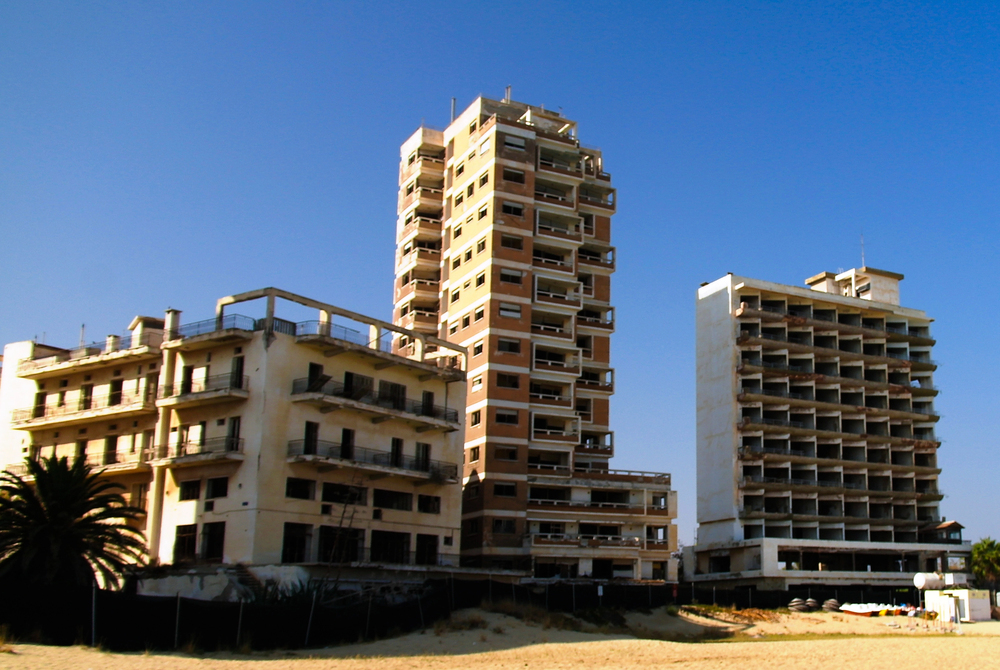
These forgotten destinations remind us that travel trends come and go, but the spirit of discovery remains timeless. While modern tourists flock to carefully curated attractions, these lost places tell stories of a different kind of journey – one where the destination was just part of the adventure.
Perhaps their greatest gift isn’t in what we’ve lost, but in reminding us to look beyond the obvious, to seek out places that challenge our expectations and spark our imagination. After all, sometimes the most memorable destinations are the ones that time forgot.
More from Travel Pug

- 15 Dangerous European Cities to Avoid
- 15 Caribbean Islands Where Tourists Keep Getting Scammed
- The 20 Most Fascinating Abandoned Places: A Journey Through Time and Forgotten Spaces
- 15 Hidden Places in the Smithsonian Museums Locals Love: A Guide to Lesser-Known Treasures
- 16 Hidden Florida Beach Towns That Aren’t Overrun with Tourists
Like Travel Pug’s content? Follow us on MSN.
